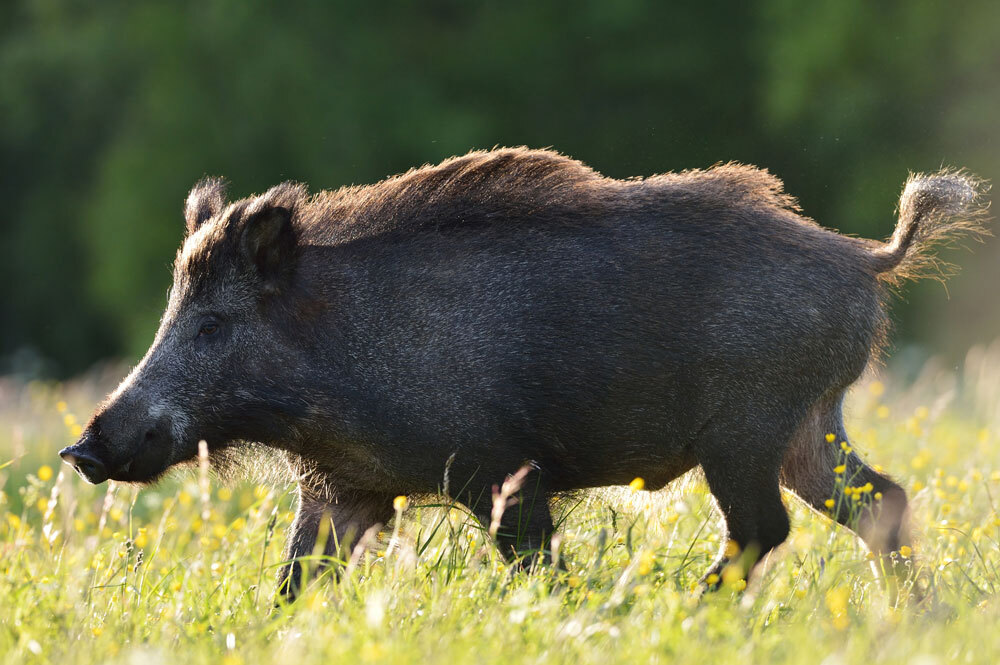European wild boar (Sus scrofa) were introduced to Argentina for sport and have multiplied rapidly across La Pampa and Patagonia. Their adaptability and high reproductive rate mean boar inhabit everything from thorn scrub to agricultural fields, and local authorities now classify them as a pest. For hunters the attraction lies in challenging night hunts and the chance to stalk a tusked boar in the same forests where red stags roar.

Hunting methods vary with terrain and season. Many outfitters set hunters in elevated stands near water or feeding areas at night—moonless hours are best when boars emerge from cover. Elsewhere guides use packs of trained dogs to track and bay boars in the dense forest or cornfields, allowing hunters to dispatch the animal with a rifle or knife. In the open pampas and dunes of La Pampa hunters ride four‑wheelers or horses, scanning for groups and then stalking on foot. Boar season is open year‑round, though May and June are peak months, and many hunters combine boar with bird shooting during the small‑game season.
Wild boar are considered invasive in Argentina because they root up vegetation, compete with livestock and prey on native wildlife. A study comparing media and scientific coverage of the invasion found that most scientific papers on Argentine wild boar focus on ecological impacts (65 %) while news articles emphasise economic losses such as crop damage and vehicle collisions. Management relies on lethal control; there are generally no bag limits or closed seasons, and hunters are encouraged to harvest boar to reduce populations. Nevertheless, hunters must follow provincial firearm regulations and obtain the appropriate licences; good record‑keeping and cooperation with landowners help ensure hunting contributes to broader control programs.
Mature boars can reach 200–300 pounds and sport sharp tusks; older males often travel alone and are cautious. Because their eyesight is poor, hunters rely on wind to mask scent and use thermal optics for nighttime shots. Some hunts involve driven methods where hounds push boars toward shooters, offering an adrenaline‑charged experience. Meat is commonly processed into sausages, and local lodges often serve dishes featuring wild pork after a successful hunt.
Wild Boar can be found in the following location:
Wild Boar has the following variations:
- Eurasian wild boar
Start Your Adventure



